10 Famous World Leaders Who Were Assassinated
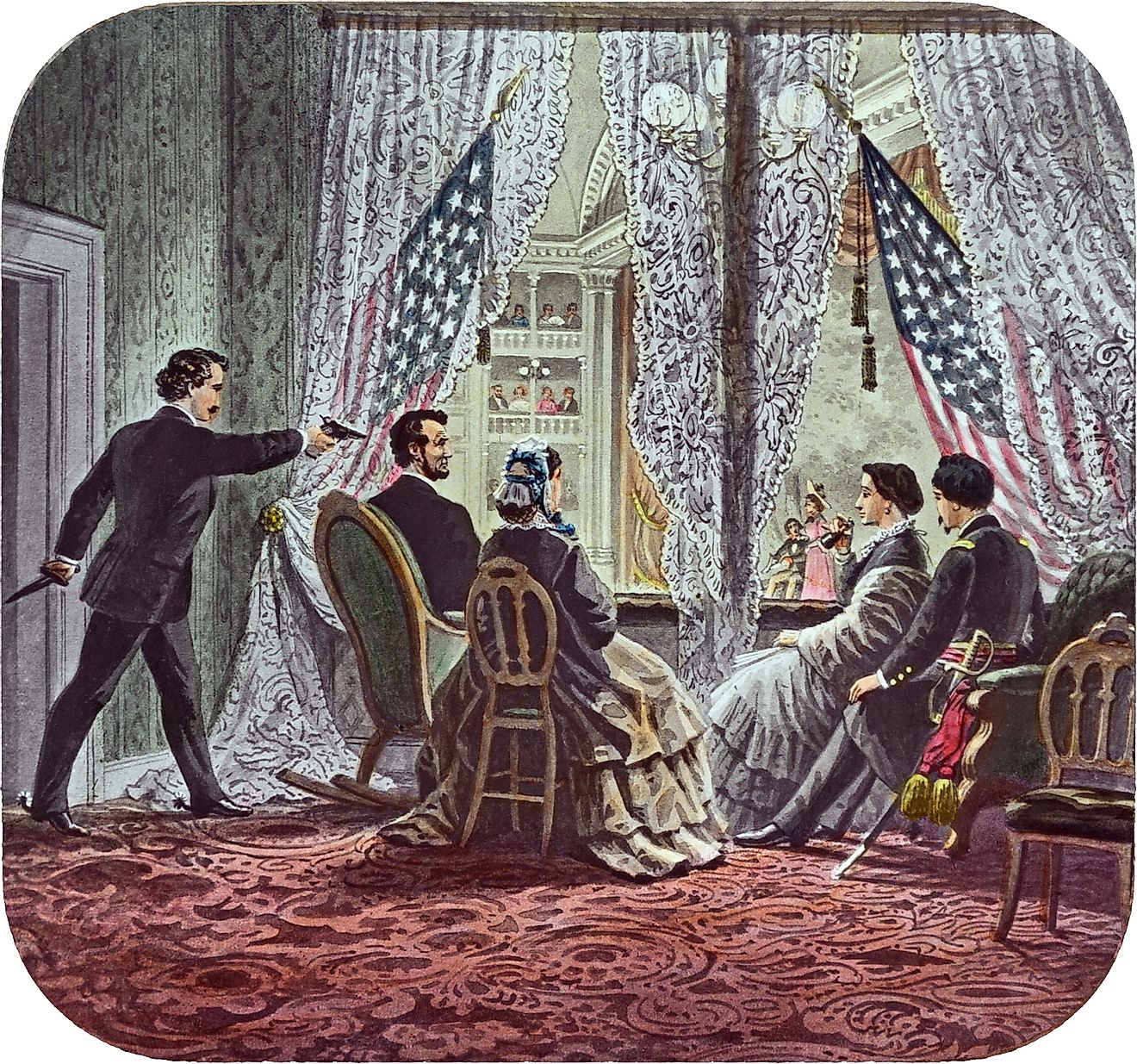
No good deed goes unpunished, so the saying goes. While that may not always be the case, history has seen its share of beloved, influential world leaders tragically slain at the height of their prestige. Though several notable assassinations that might come to mind took place in the United States, other countries in the world have also witnessed the killing of respected leaders. Read on to learn more about 10 of the most famous world leaders who were assassinated.
1. Abraham Lincoln, United States
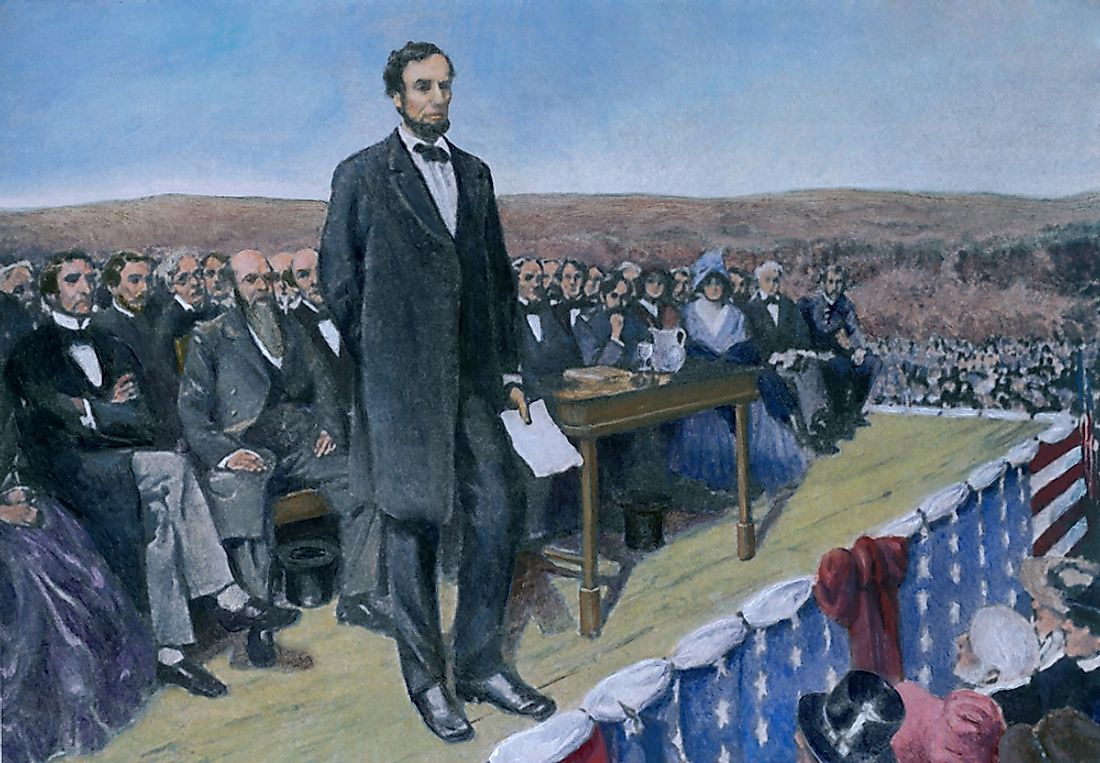
Abraham Lincoln was the 16th US President, serving from March 4, 1861 to April 15, 1865. He came into power at the time of the American Civil War. He is credited for having made great moral, political, and constitutional decisions that later paved the way for the abolition of slavery. John Booth planned to kill Lincoln after listening to his speech advocating for voting rights for Black Americans. He shot Lincoln on April 15, 1865, while the president was attending a play at the Ford's Theatre in Washington, DC. Lincoln's wife Mary Todd Lincoln had been seated beside him at the time.
2. Martin Luther King Jr., United States
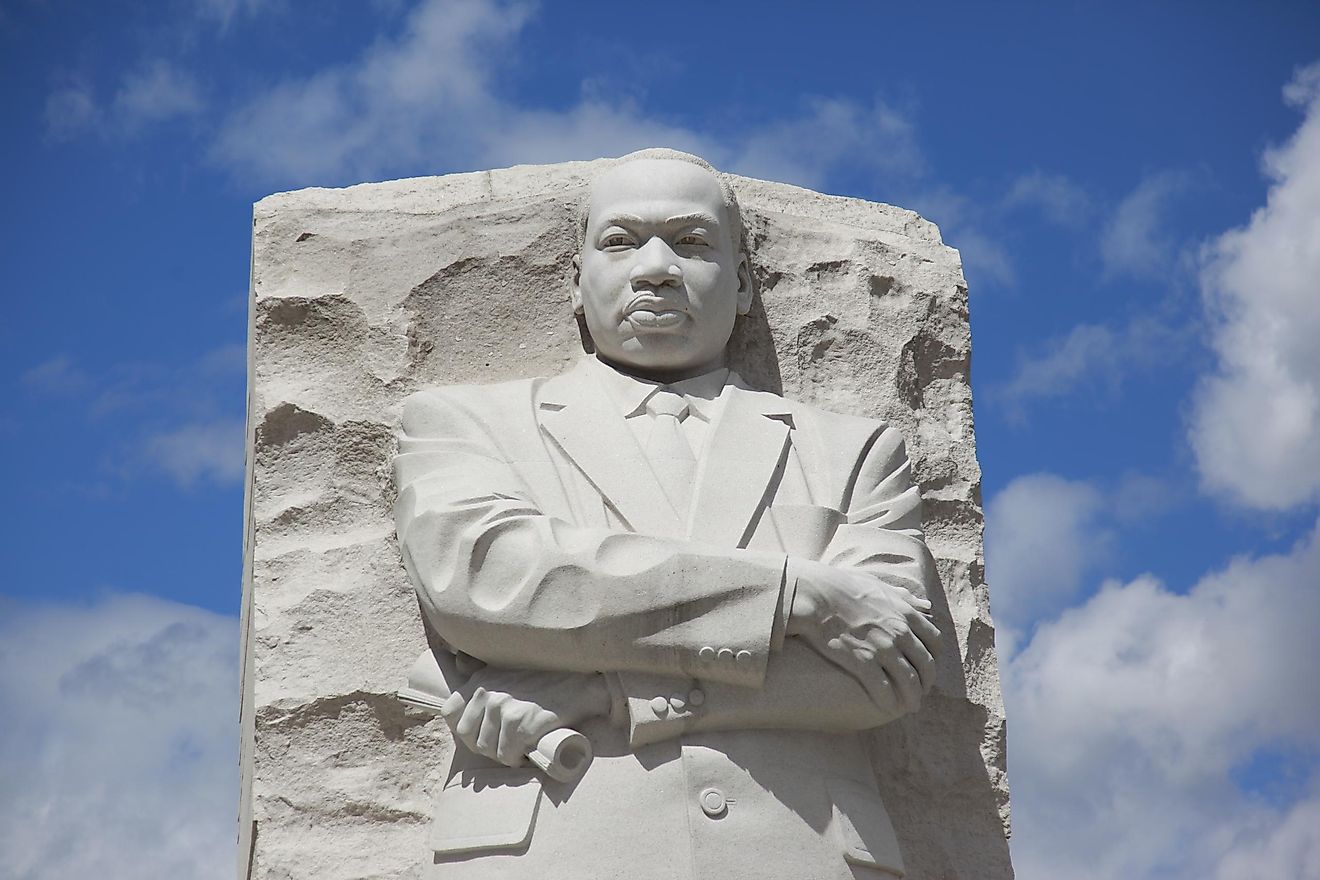
Martin Luther King Jr. was one of the most important leaders of the American Civil Rights Movement. He famously delivered the speech "I Have a Dream" on August 28, 1963 during the March on Washington for Jobs and Freedom. It was responsible for strengthening the Civil Rights Movement and led to the enactment of the Civil Rights Act of 1964. King was assassinated on April 4, 1968, by James Ray at a motel in Memphis, Tennessee. When word of his death spread, riots broke out across the country. Prior to the incident, King had received several death threats.
3. John F. Kennedy, United States
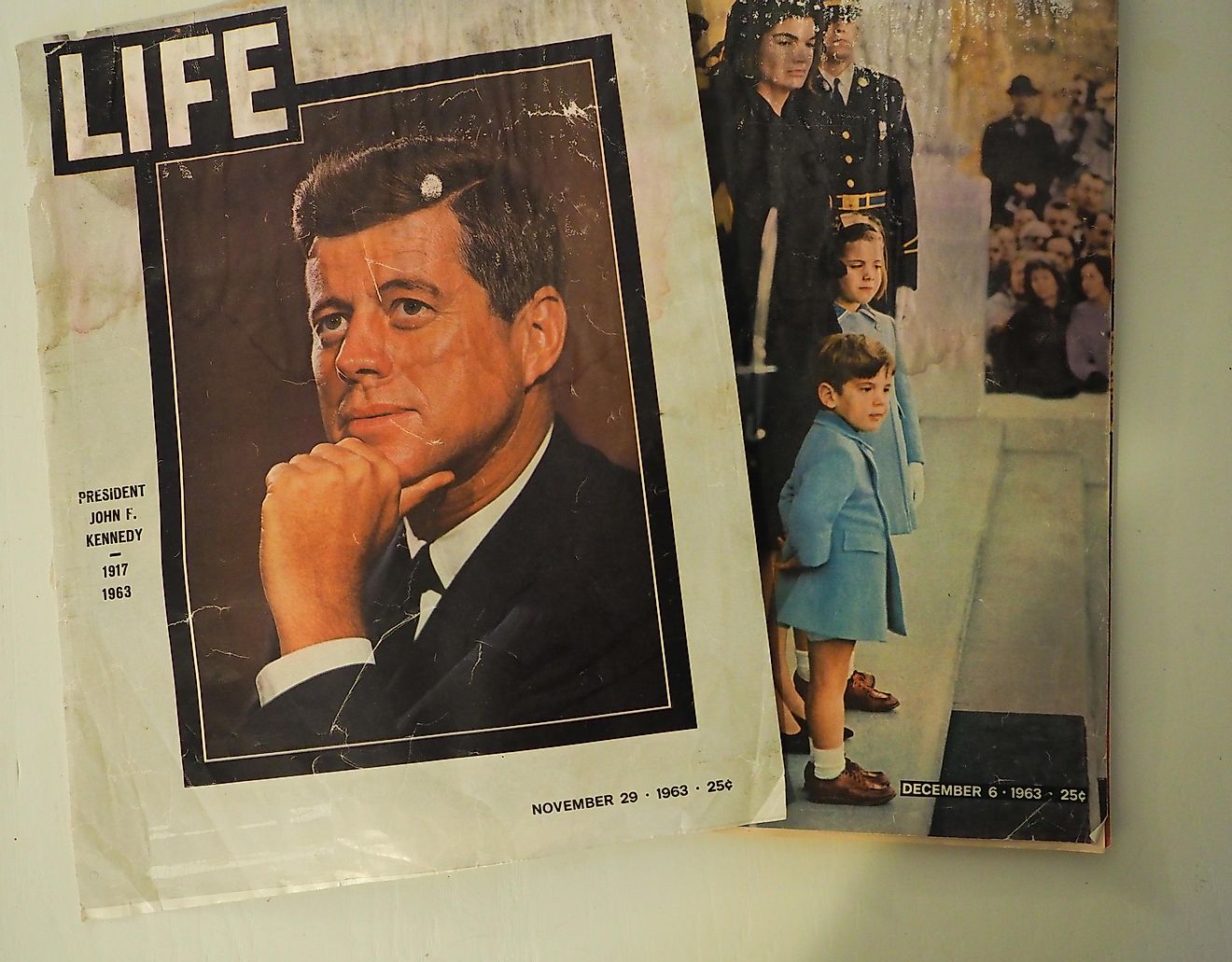
John F. Kennedy was the 35th United States President from 1961 to 1963. He served during the time of the Cold War and spent much of his term tending to the country's relationship with the Soviet Union. On November 22, 1963, at 12:30 pm, John F. Kennedy was murdered in Dallas while riding in an open-top vehicle in front of a large crowd. His wife, Jacqueline Kennedy, was sitting next to him when the bullet struck his head. Lee Harvey Oswald was later arrested and ultimately killed by nightclub owner Jack Ruby before prosecution.
4. King Faisal, Saudi Arabia
King Faisal was Saudi Arabia’s King from 1964 until 1975. He is remembered for having saved the country's economy with reforms and a policy of modernization. He successfully fought off many coups that were staged against him. Faisal was shot by Faisal bin Musaid (his half-brother’s son) and died while undergoing treatment for his injuries.
5. Dedan Kimathi, Kenya
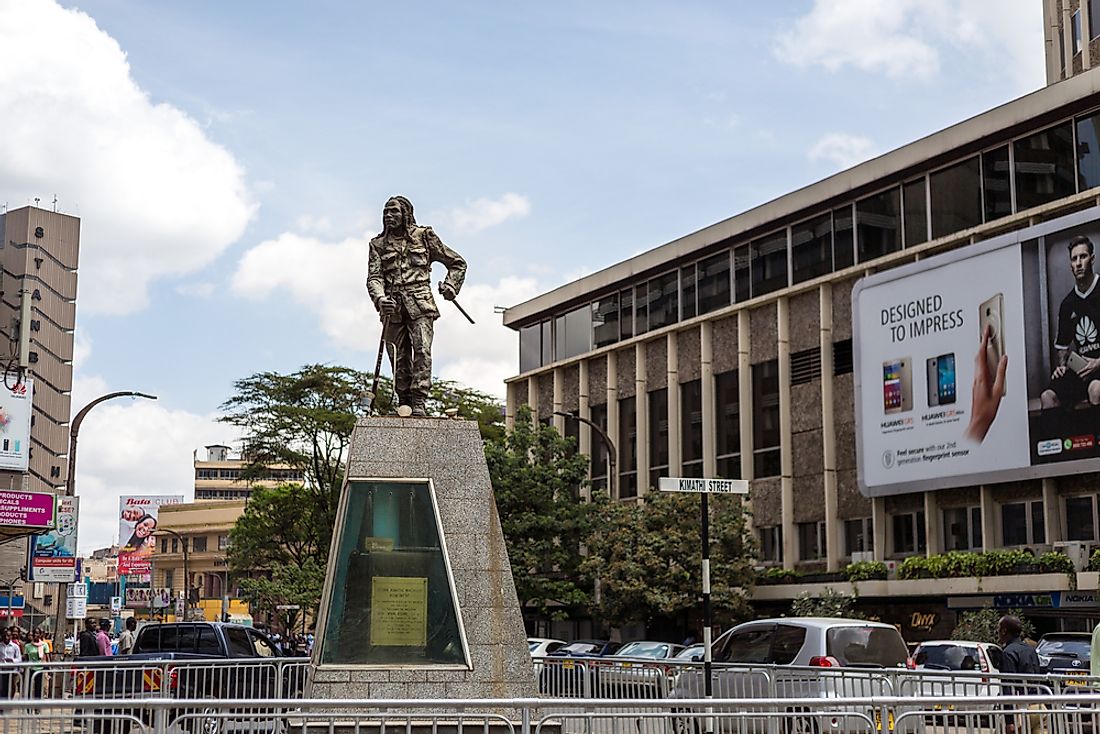
Dedan Kimathi was a leader of the Mau Mau, a movement that fought against the British colonial rule in Kenya during the 1950s. He formed the Kenya Defense Council in 1953 immediately after sneaking out of British prison. Kimathi was captured by British colonial policeman Ian Henderson after a long time of uprising and sentenced to death by Chief Justice O’Connor. On February 18, 1957, Kimathi was executed by hanging. He is remembered to this day for his determination in the fight for freedom for Kenyans.
6. Patrice Lumumba, Congo
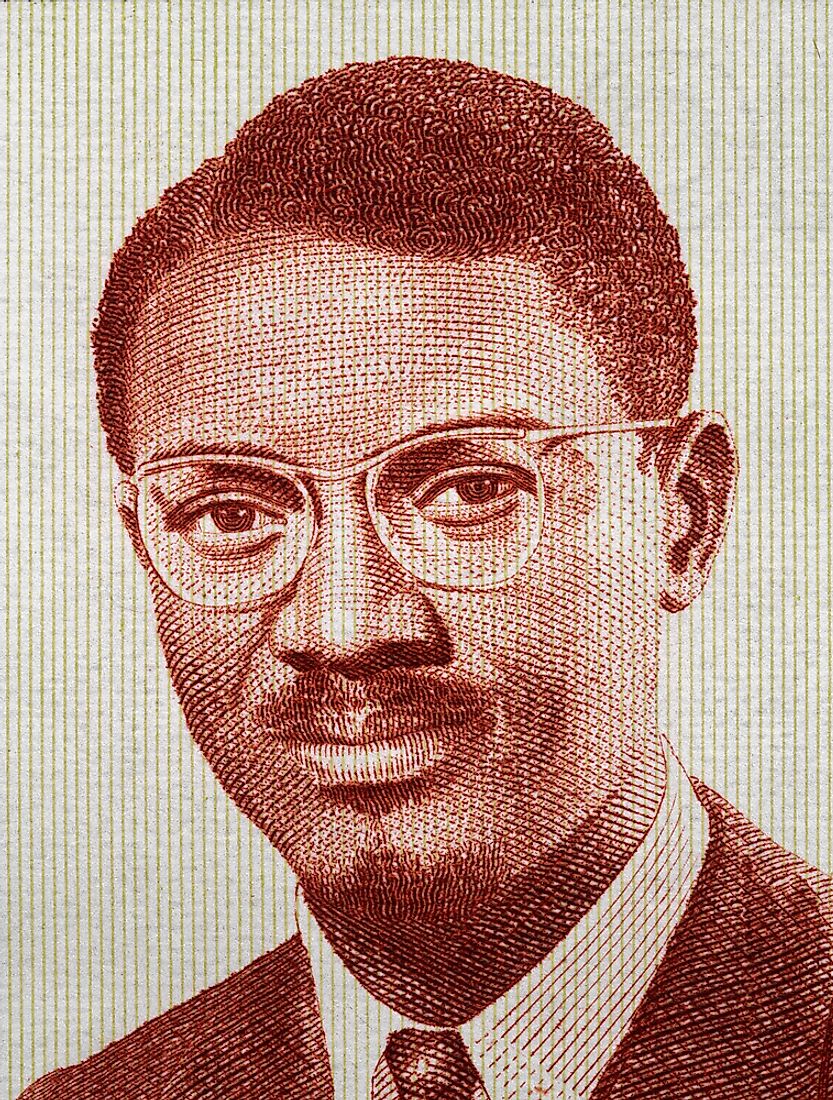
Patrice Lumumba was the founder of the Mouvement National Congolais party. He went on to become the first democratically elected prime minister of the Democratic Republic of the Congo. Lumumba advocated for the Congo, as well as for government Africanization. When the new country faced political unrest, Belgian troops invaded under the guise of protecting Belgian nationals in the country, but in reality, hoping to gain the upper hand with the Congo in disorder. In an effort to fight back against the Belgians, Lumumba pleaded with both the United Nations and the United States for help in defeating the Belgian-backed troops, but he was denied help from both. He then went to the Soviet Union, and it was partly because of this that on September 14, 1960, army leader Colonel Joseph Mobutu staged a coup d'état. After a long imprisonment, Lumumba was executed through the use of a firing squad on January 17, 1961.
7. Thomas Sankara, Burkina Faso
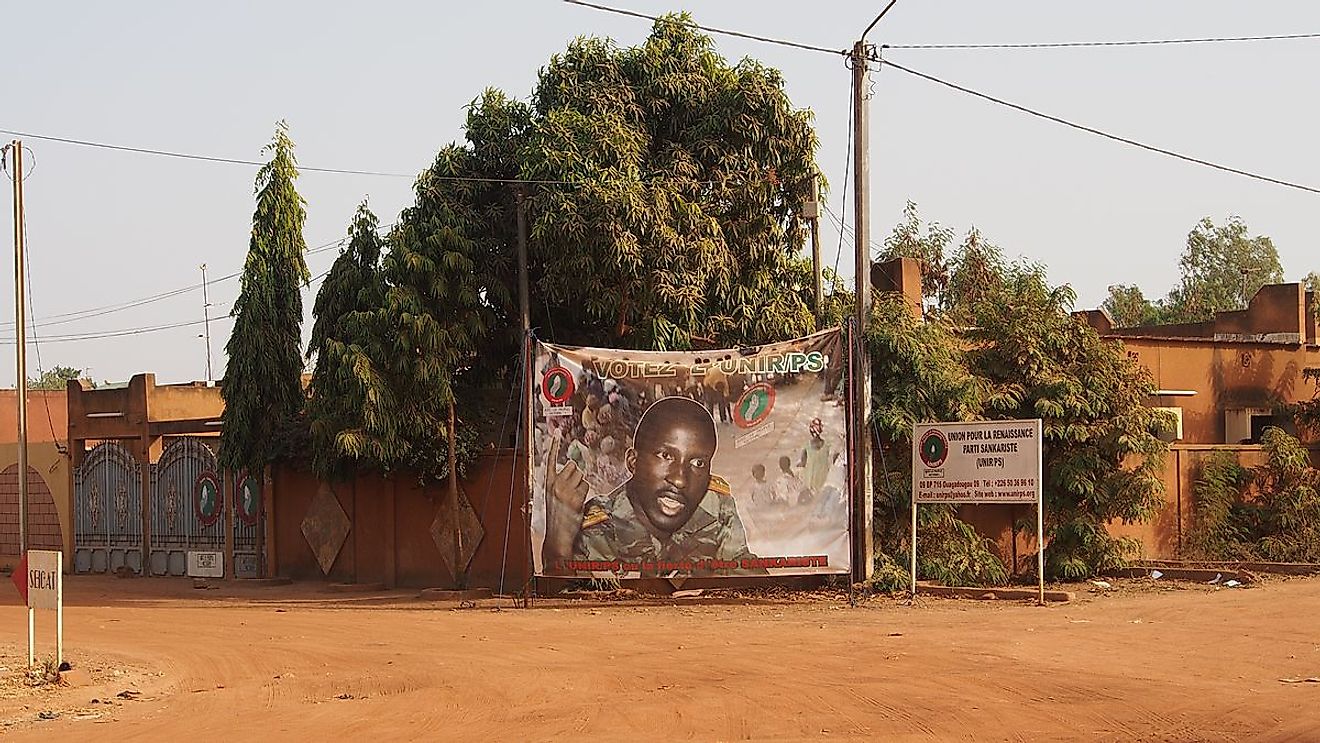
Thomas Sankara was the President of Burkina Faso from 1983 until 1987. He took over power through a popular coup in the year 1983. Sankara was against imperialism and initiated many programs for economic and social changes. Despite the progress made, he was murdered by an armed group in coup d’état staged by his colleague Blaise Compaoré. Compaoré then undid many of the policies that Sankara had enacted.
8. Marie Francois Sadi Carnot, France
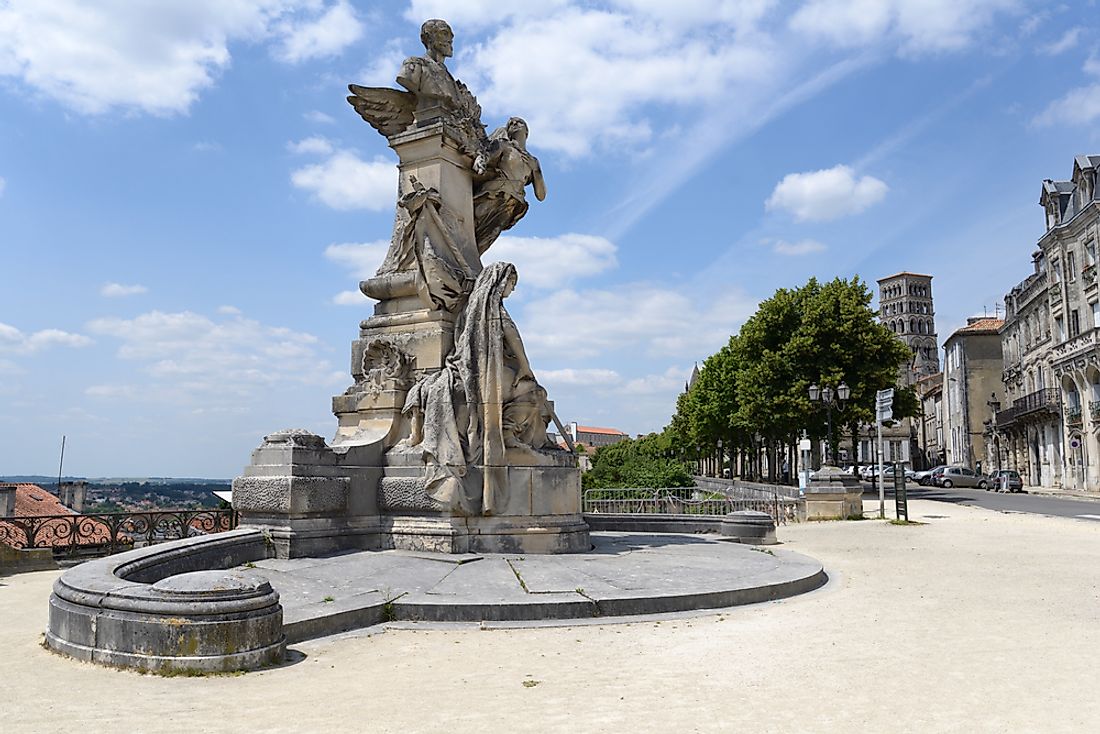
Marie-François Sadi Carnot was the President of France from December 1887 until 1894. Though his presidency occurred during tumultuous times for France, Carnot managed to maintain his popularity throughout. On June 24, 1894, while giving a speech at Lyon, Carnot was stabbed by Italian anarchist Sante Geronimo Caserio in the liver. He died on June 25, 1894. Caserio was then himself executed as punishment.
9. Mahatma Gandhi, India
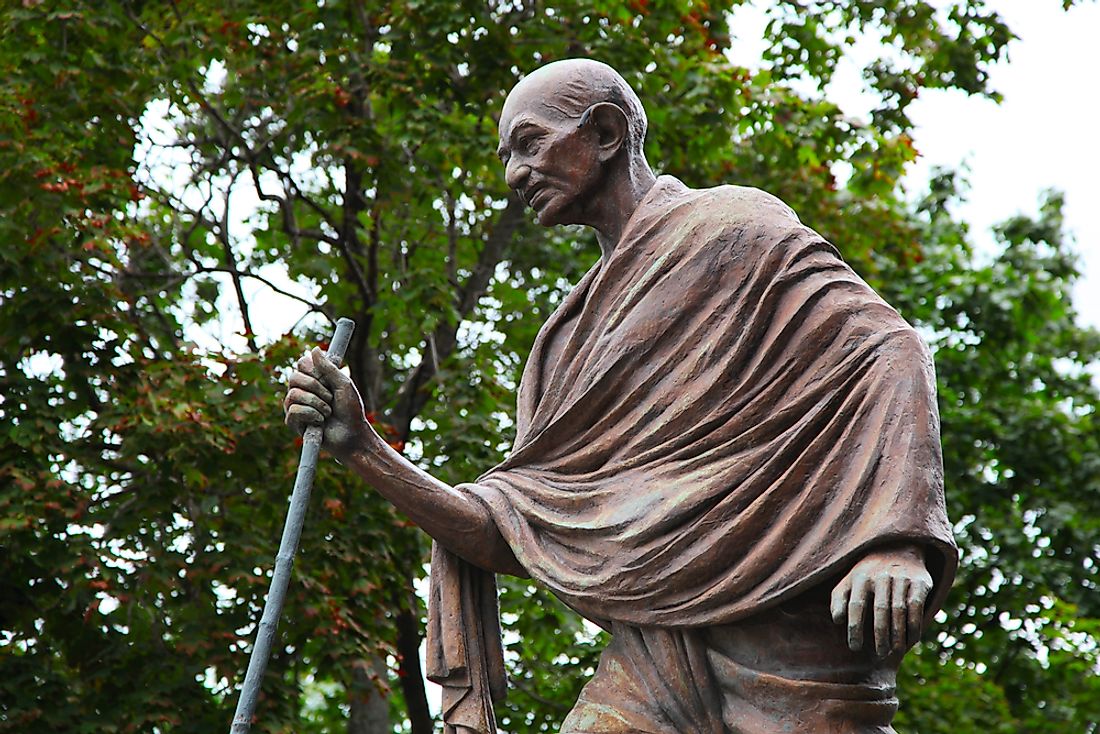
Mahatma Gandhi was the Indian Independence Movement’s leader fighting against the British colonial regime. In 1920, he took over the leadership of Congress and pushed for Indian freedom. On January 26, 1930, the Indian National Congress announced India’s independence. On January 30, 1948, at 5:17 pm, Nathuram Godse, a young Hindu fanatic, shot Gandhi three times in the chest, and Mahatma Gandhi died shortly afterward. The shooting happened during a prayer ceremony in New Delhi.
10. Aldo Moro, Italy
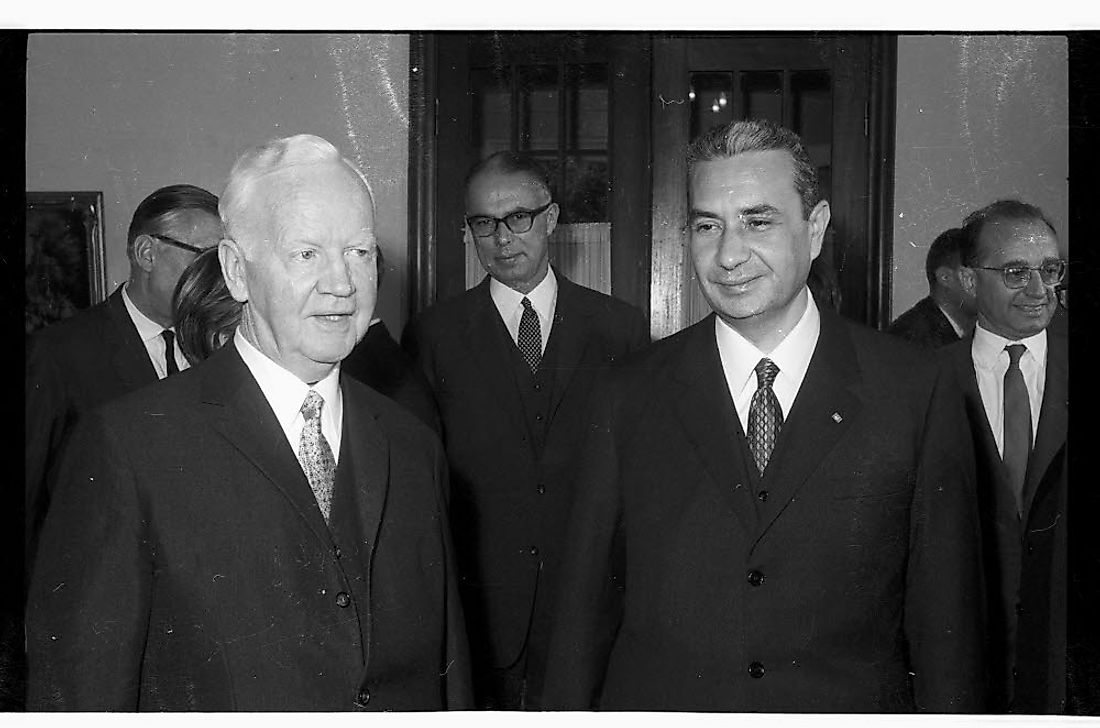
Aldo Moro was an Italian politician and the 38th country Prime Minister between 1963 and 1968 and again from 1974 to 1976. A militant left-wing group, the Red Brigades, kidnapped Moro and kept him detained for two months, hoping to arrange a trade. They would give up Moro if their captured comrades were released in exchange. The Italian government held ground and refused to heed the Red Brigades' demands. Moro was shot ten times on May 9, 1978.







